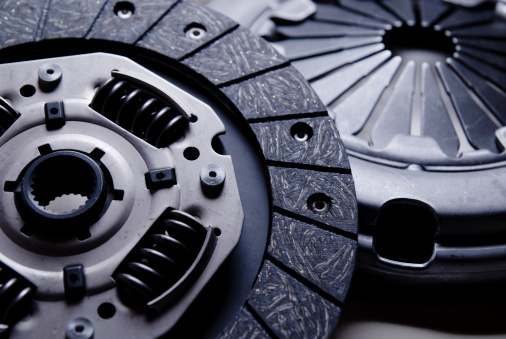The Evolution And Variety Of Excavator Buckets

In the realm of heavy machinery, the excavator bucket reigns supreme as a versatile and indispensable tool. Serving as the primary workhorse for construction projects, these robust attachments have evolved over the years to become highly specialized, enabling a myriad of tasks crucial for shaping landscapes and building foundations. From digging and loading to grading and trenching, the excavator bucket is a testament to engineering innovation in the construction industry.
Diverse Types of Excavator Buckets
Excavator buckets are not one-size-fits-all; they come in a diverse array of types, each meticulously designed for specific applications. The digging bucket, perhaps the most ubiquitous, is equipped with robust teeth along its edge, making it ideal for breaking through challenging terrains like compacted soil and rocky substrates. In contrast, the grading bucket features a smoother edge, ensuring precision when leveling surfaces. For tasks requiring narrow excavations, the trenching bucket with its slender profile comes into play. Meanwhile, the rock bucket, fortified with heavy-duty teeth and reinforced structure, tackles the most challenging geological conditions. This variety of excavator buckets empowers construction professionals to select the right tool for the job, optimizing efficiency and safety on construction sites.
Innovative Technologies in Excavator Bucket Design
The evolution of excavator buckets is not limited to physical design; technological innovations have also played a significant role in enhancing their performance. Quick couplers have revolutionized attachment changes, allowing operators to switch between buckets swiftly, minimizing downtime. Wear-resistant materials and advanced designs have extended the durability of excavator buckets, reducing the frequency of replacements and increasing overall cost-effectiveness. The integration of smart technology into these buckets has ushered in a new era of efficiency. Sensor-equipped buckets now provide real-time data on digging conditions and material density, enabling operators to optimize their strategies for maximum productivity while minimizing environmental impact. As technology continues to advance, excavator bucket is poised to become even more sophisticated, solidifying their place as vital components in the construction industry’s arsenal.
Conclusion
In conclusion, excavator buckets stand as a testament to the dynamic nature of construction machinery. Their evolution from simple digging tools to highly specialized, technology-infused attachments underscores the industry’s commitment to efficiency and precision. The diverse types of excavator buckets cater to the specific needs of construction projects, ensuring that each task is executed with optimal effectiveness. As we witness the integration of innovative technologies, including smart sensors and quick couplers, into these robust attachments, the excavator bucket is not just a tool for digging; it is a symbol of progress, adaptability, and the ongoing pursuit of excellence in the field of construction. In the ever-changing landscape of construction technology, the excavator bucket remains a stalwart companion, unearthing possibilities and reshaping the world beneath our feet.

